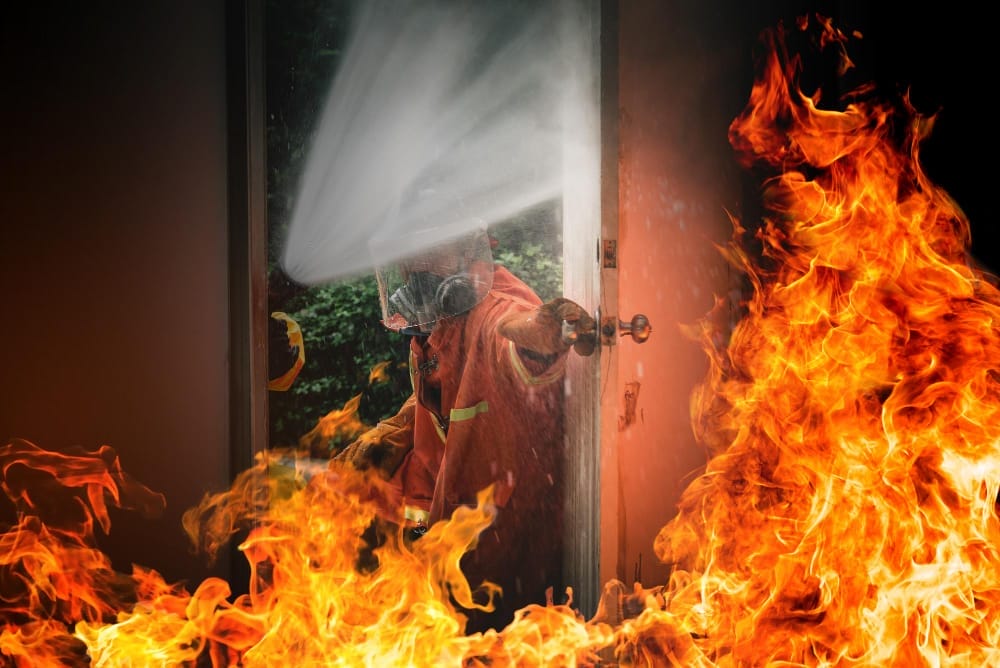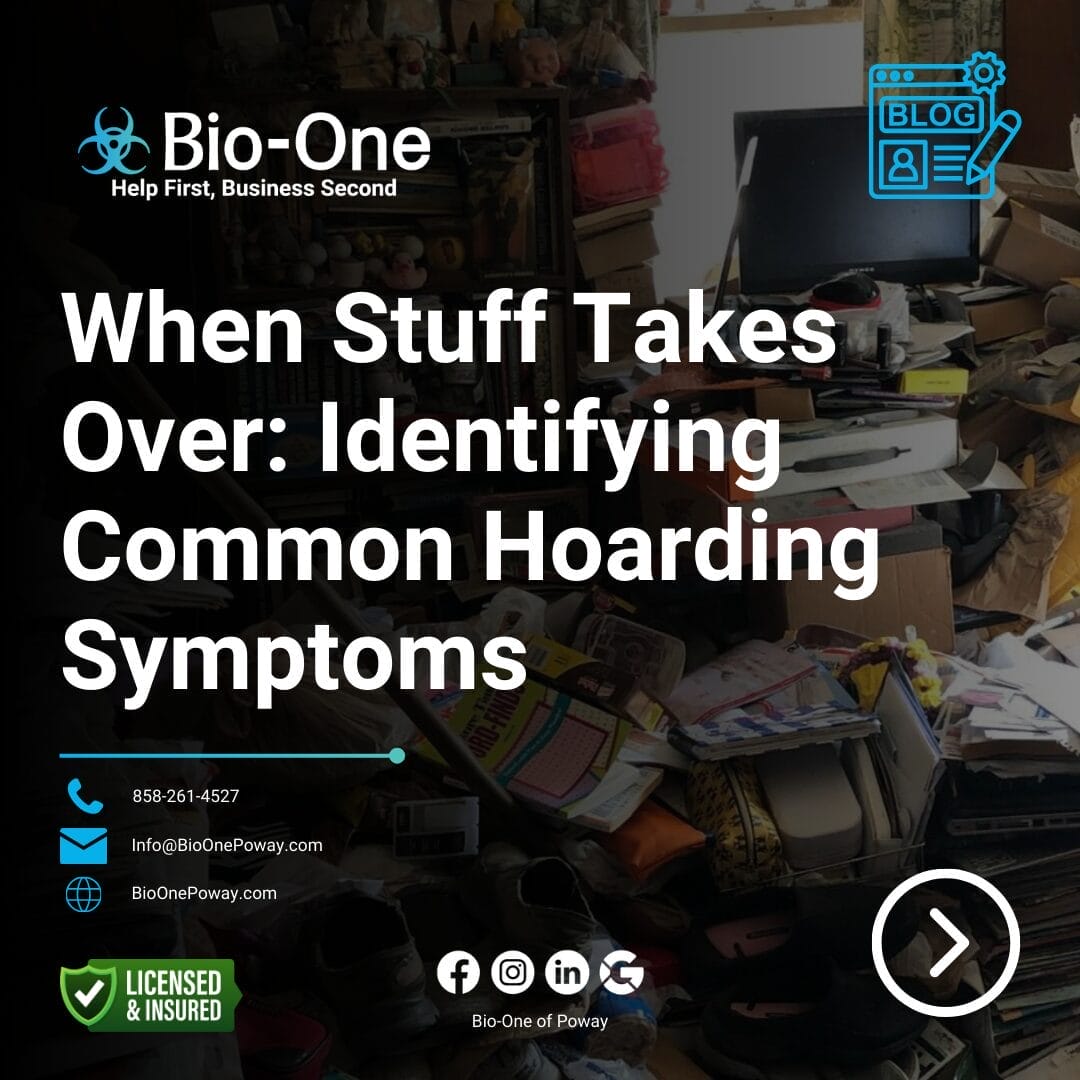
When homes are entrenched in gross filth and hoarding, the dangers go beyond mere unsightliness. From physical health hazards to public health crises, the perils of these environments are extensive yet often misunderstood. Today, we shed light on the extensive risks of living in grossly filth environments and provide insights into addressing these challenges.
Side note: At Bio-One of Poway, we understand the complexities of addressing environments affected by hoarding and gross filth. While we specialize in the physical cleaning and restoration of such homes, we also recognize the importance of mental well-being in these situations. Therefore, we are committed to not only restoring your environment to a safe and healthy state but also to connecting our customers with the right mental health professionals to support their emotional and psychological needs.
In hoarded homes, navigating through tight pathways among piles of items can lead to frequent falls and injuries. The clutter can also impede exit routes in case of an emergency (fire or medical crisis) leading to a heightened risk of harm. Furthermore, the accumulation of dust and mold in these environments can trigger or worsen respiratory issues.
Learn more: Common Physical and Health Risks of Hoarding Disorder - Bio-One
Beyond the physical health risks, hoarding environments can take a significant toll on mental well-being. Those living among excessive belongings often experience heightened levels of stress and anxiety, stemming from the inability to maintain a clean living space or the fear of eviction. Social isolation is another significant concern, as shame and the fear of judgment cause hoarders to withdraw from their community.

The weight of accumulated items can strain the home's structure over time, potentially leading to collapse in severe cases. This can compromise the safety and habitability of the residence, posing a danger to the occupants and any adjoining properties.
Clutter that comes into contact with heating sources or electrical wiring presents a serious fire risk. The presence of excessive items can also hamper firefighting efforts, significantly increasing the risk of injury or death in the event of a fire.

Hoarding environments provide ideal conditions for pests: rodents, roaches, and other insects, to thrive. These infestations can result in significant property damage, exacerbating the already compromised living conditions.
The accumulation of waste and the presence of pests in hoarded homes contribute to an increased risk of infectious diseases. With compromised hygiene and sanitation, illnesses can spread within the household and possibly to the larger community.

Hoarding can also have far-reaching implications for the community at large. From property devaluation to legal disputes and familial stress, hoarding does not remain contained within the four walls of a home but extends its impact into the surrounding neighborhood and beyond.
You may be interested: How Hoarding Affects Property and Communities
Dealing with the aftermath of a hoarding situation requires a blend of sensitivity and professionalism. Bio-One's team is trained to handle biohazardous materials in compliance with strict regulations to ensure the safety of all involved. Additionally, our services extend to thorough cleaning that eradicates odors and removes potential allergens, helping provide a fresh start for individuals and their loved ones.

.

Hoarding is often misunderstood and can be difficult to diagnose. Hoarders may feel ashamed, embarrassed, or afraid to seek help because of the stigma surrounding their problem. However, ignoring the issue will only make it worse. In this blog post, we will discuss some of the most common hoarding symptoms, and how to get professional help if you or someone you know is struggling with this condition.


Learn more: 4 Consequences of Hoarding on Homes and Possible Ways to Help
Hoarding is a complex disorder that often requires professional help. If you or someone you know is struggling with hoarding, it's essential to seek help from a mental health professional. They can provide therapy and support to address the underlying causes of hoarding behavior and develop coping strategies.

Hoarding is a challenging condition, but it's important to note that it is treatable! If you or someone you know is struggling with hoarding symptoms, the first step is to seek professional help. By working with a qualified mental health professional, you can begin to address the underlying causes of hoarding and develop strategies to manage the symptoms effectively.
Additionally, Bio-One of Poway offers hoarding cleanup services to assist in the physical cleanup and restoration of hoarded homes. Our highly trained and compassionate technicians can help sort through clutter, remove hazardous materials, and restore your home to a safe and livable condition. As a Mental Health First Aid-Certified Company, we can also assist in connecting you with mental health resources to continue on the path toward recovery!